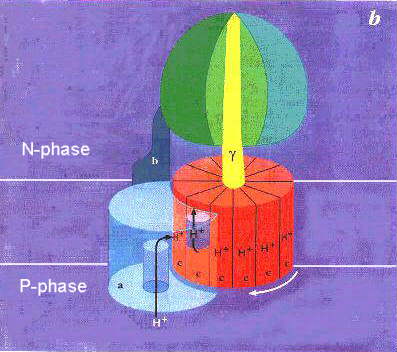I might be taking a bit of a simplistic view on this, but I'm not sure what the confusion is.
The ring of 10 c subunits constitute a motor which uses a proton gradient to drive the rotation of the FoFc synthase.
 (image reference is a nice lecture on ATP synthase).
(image reference is a nice lecture on ATP synthase).
The motor of c subunits has a 10 fold symmetry. Each subunit releases a proton as it drives a 36 degree movement of the gamma subunit shaft. The sixfold symmetry of the ATP FoF1 synthease is completely separate from this, and every 360 degree rotation, three ATPs are generated. As long as the c motor keeps spinning more ATP is created.
This question is similar to asking why the gear ratios of a bicycle or a car are 3:2 or 5:3. The symmetry of the synthase and the c subunit are independent except that the torque generated by the c subunit motor needs to be enough to drive the ATP synthase. If the proton gradient were stronger it could well be 7 protons per full rotation and not 10. Think of the two as gears and you might get the picture?

Does this make sense?
